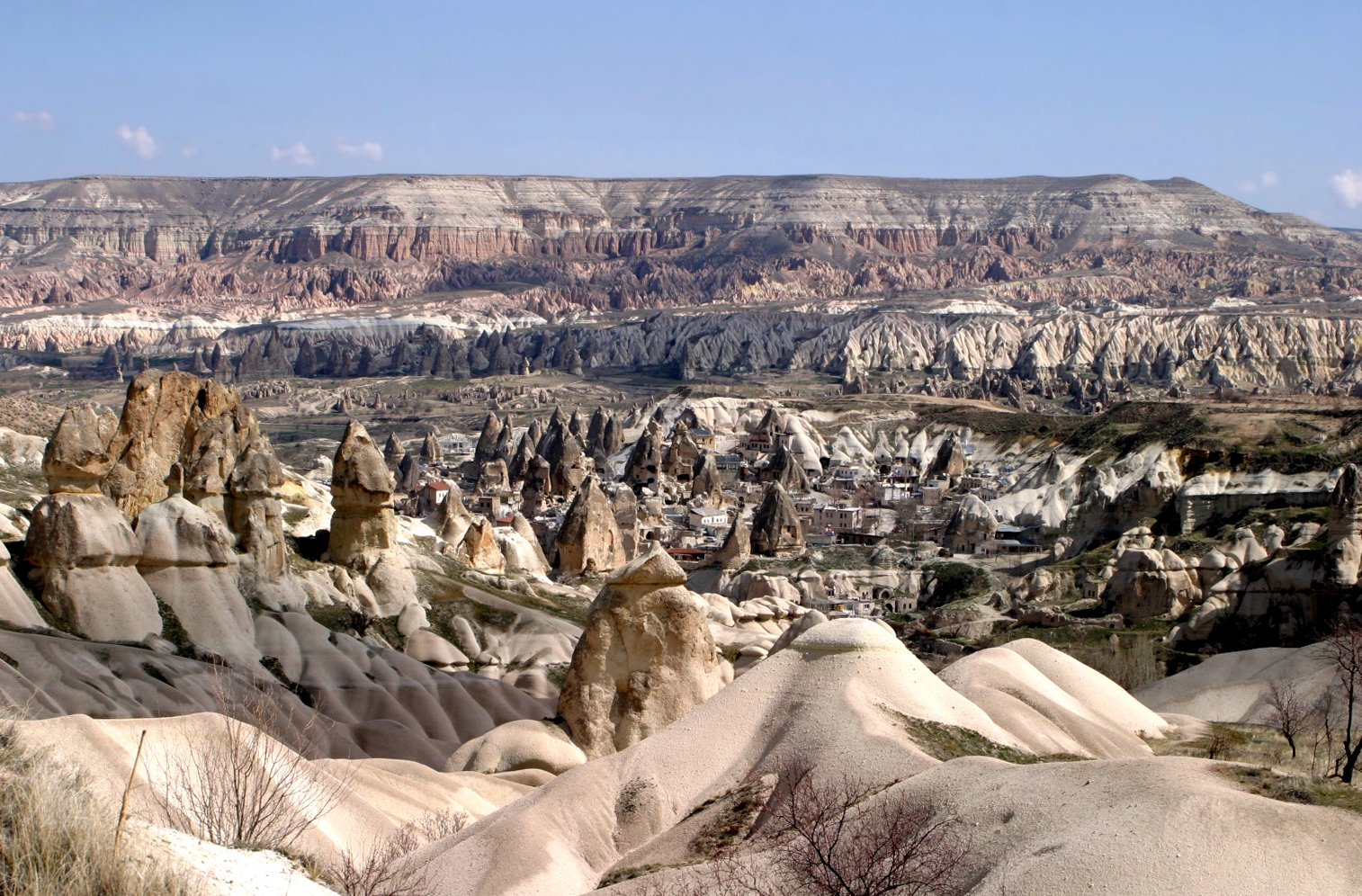The earliest known record of Scythians in ancient Kurdistan dates back to 819 B.C., when a king of Nairi, an Urartian vassaldom, south of lake Van, is mentioned whose name was ''Sa-ti-ri-a'' (from old Iranic <*Xsathria: king).
Decades later we read about Scythians as lords of the lands of Urartians and Mannaeans (corresponding to much of Kurdistan), during which they had established good relations with Assyrian kings, and were often in conflict with Median tribes (Hamadan-Rey area), who inhabited the regions to the southeast of the lands under Scythian hegemony. Kimmerians (a group of Kurdistani Scythians) conquered as far as Ellipi in what is nowadays south of modern Kirmanshah).
After the fall of Assyria, -which recent archeological evidence indicates that unlike the traditional common belief, happened without Median participation -, Scythians could even proceed eastwards to conquer and rule the Median lands for nearly three decades. Although according to ancient accounts, Median king Cyaxares intoxicated the Scythian nobles, the Scythians and Parthians under a Scythian queen, Zarina, launched attacks against the Medians.
Again, decades later, we read about Scythians in Kurdistan: A significant Scythian kingdom during this period was Skythenoi (as known by Xenophon, Sacassani by Pliny/Livy and Sakasene by Ptolemy). Its capital Gymnias was located in northern Kurdistan, (modern Bayburt). Strabo even mentions a smaller Scythian kingdom recorded by him as Sagapeni, located between Elymais and Adiabene, the latter itself ruled by a Scythian dynasty called Shiraks (see here).
Showing posts with label Cimmerians. Show all posts
Showing posts with label Cimmerians. Show all posts
The Scytho-Cimmerian Kingdom Of Cappadocia
The name of Cappadocia first appears in a list of Satrapies of the Achaemenids under Darius I. There is not much information about the Cappadocian people but there are indirect evidence from Greek sources that Cappadocians originated from northern Pontic regions before invading Asia Minor indicating that Cappadocians were descendants of Kimmerians after they were defeated by the Lydian king Alyattes II. in the mid. seventh century BC.
Cappadocia was also called 'Gamirk', which was name of the Kimmerian region in the land of Manna, south of the lake Urmia. This name is still in use as Gawirk (<Gamirk cf. common Kurdish w<m sound change) by the native Kurds, for a relatively vast area located among the modern cities of Bukan, Saqez, Sardasht and Mahabad in eastern Kurdistan.
Cimmerians or actually Kimmerians were a major branch of the Eurasian Scythians. Their name may have originally derived from the proto-Iranian /*gmira/, ''mobile unites, nomadic groups''.
A Kimmerian origin for the Cappadocians is also affirmed by the existence of a handful of the Hittite loanwords in Modern Kurdish. Cappadocia was the area in central Anatolia, where the Hittite language was spoken centuries earlier.
Further Reading (In Russian).
Labels:
Cappadocia,
Cimmerians,
kappadocia,
Kimmerians,
Scythians
Names of Corduene Kings
Corduene was a kingdom in ancient Kurdistan, often been neglected by scholars. Among their notable kings were Zarbienus and Manisarus, whose etymology of names discloses the nature of the Iranic dialect they spoke: a middle Scythian dialect, the same as neighbouring Adiabene to the south of the kingdom.
Zarbienus, also recorded as Zarbiene, and Zarbien, (early-mid 1st c. BC), made overtures to Appius Claudius, when the latter was staying at Antiocheia, wishing to shake off the yoke of Tigranes. He was informed against, however, and was assassinated with his wife and children before the Romans entered Armenia. When Lucullus arrived he celebrated his funeral rites with great pomp, setting fire to the funeral pile with his own hand, and had a sumptuous monument erected to him. His name is comprised of two components, the first part is ''zar'', middle Iranic development for gold/golden, deriving from the old Avestan and Scythian ''zaranya''. The old Persian equivalent of zaranya was daranya, while later on, Zar entered as a loan into Persian and replaced the original old Persian daranya.
Plutarch has even recorded the name as Zerbienus, which reflects the typical middle and new Kurdish development of /a>e/.
It is a cognate with name of the eastern Scythians (Sakas) queen, "Zarina". She led a rebellion by Scythians and Parthians against the Median King Cyaxares, who according to Herodotus had recovered his kingdom through intoxicating Scythian nobles; (that is after Scythian emperor Madius had counqered the Medes). The name of Zarina which means ''golden'', is still used for Kurdish females. The name has also been borrowed into Persian.
Manisarus (ca. 115 AD) took control over Armenia and Mesopotamia; therefor Osroes, the Parthian king, declared war against him; Manisarus sided with Romans. There are some coins extant, which are assigned to Manisarus. The etymology of his name is explained by linguist and orientalist Ferdinand Justi (author of "Kurdische Grammatik"), in his valuable book "Iranisches Namenbuch" to mean "unique and unparalleled lord/master".
The image above, shows an old drawing from one of the silver coins of the King Manisarus. Note King's headband (or diadem), typical for Scythian kings, such as King Izates II of Adiabene.
Scytho-Cimmerian Stelae
Labels:
Cimmerians,
Kimmerians,
Scythians,
Stelae,
stele
Subscribe to:
Posts (Atom)












